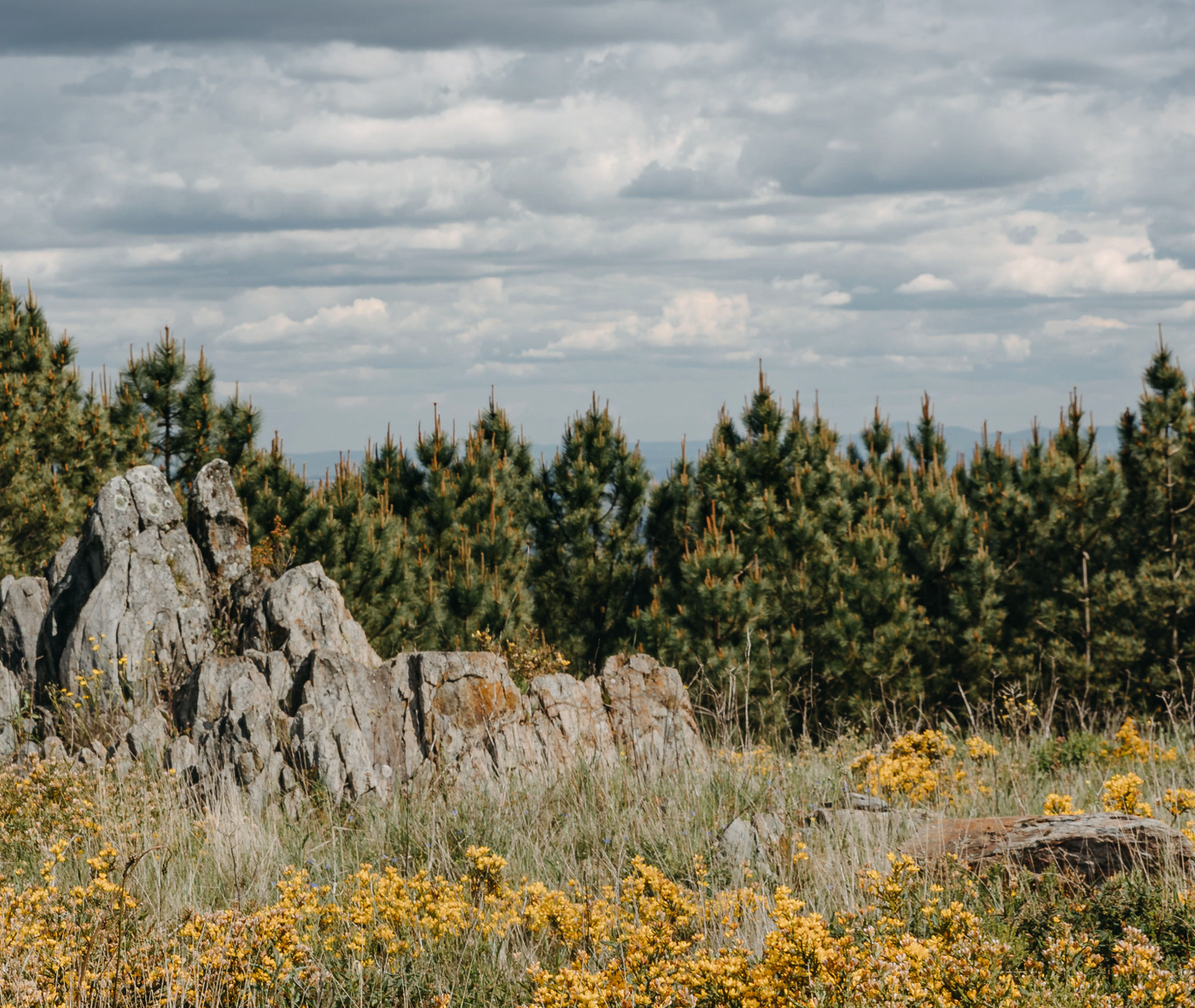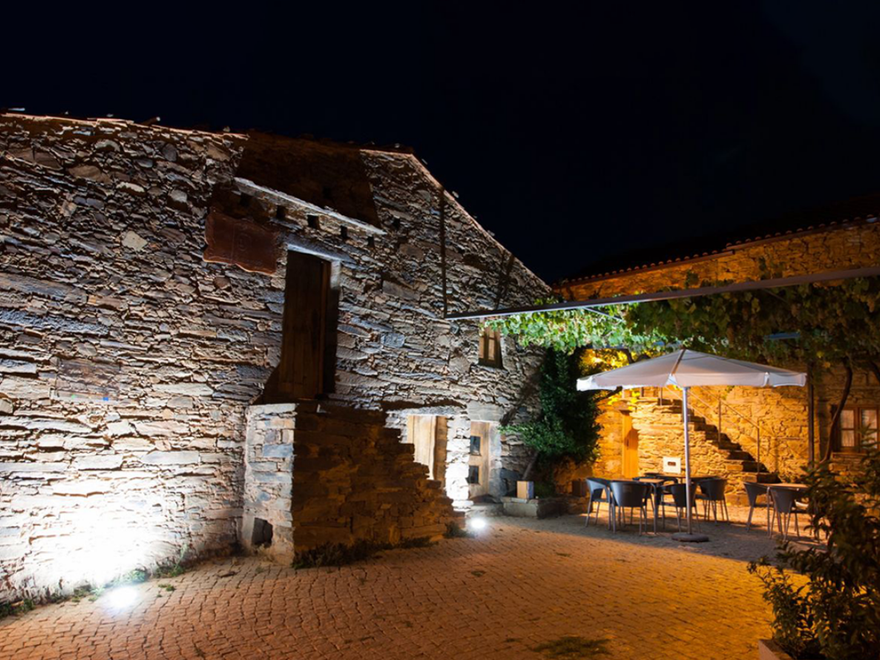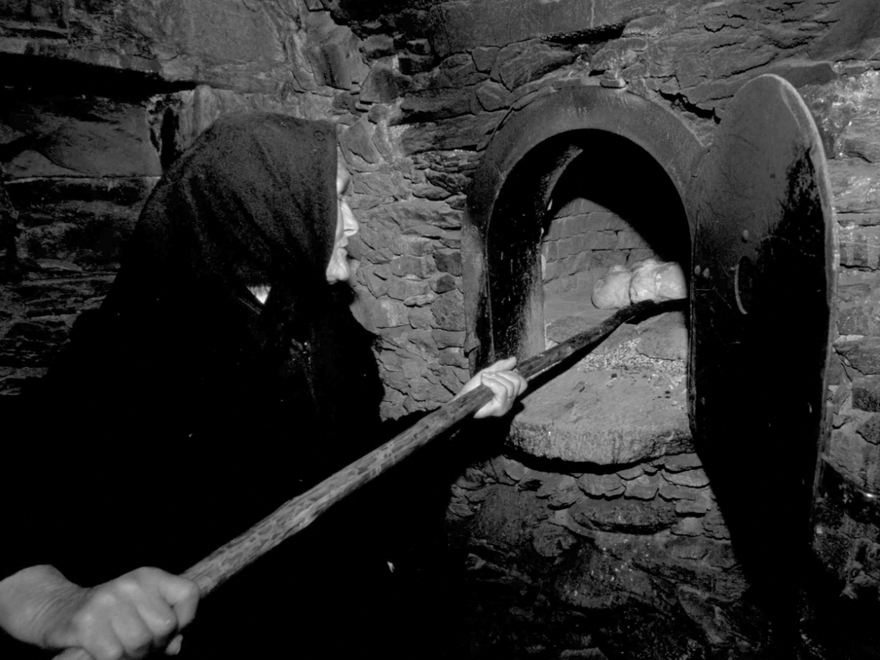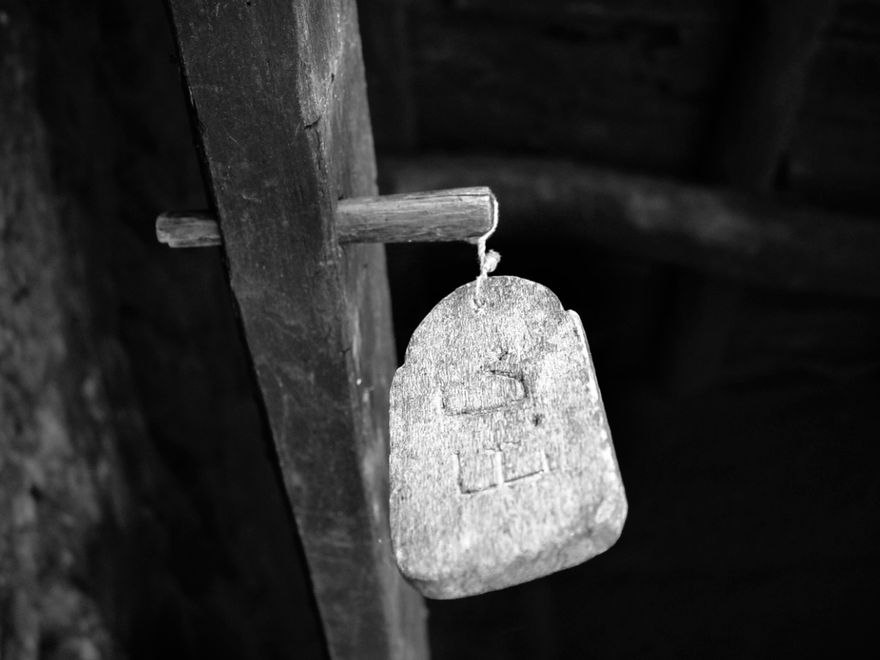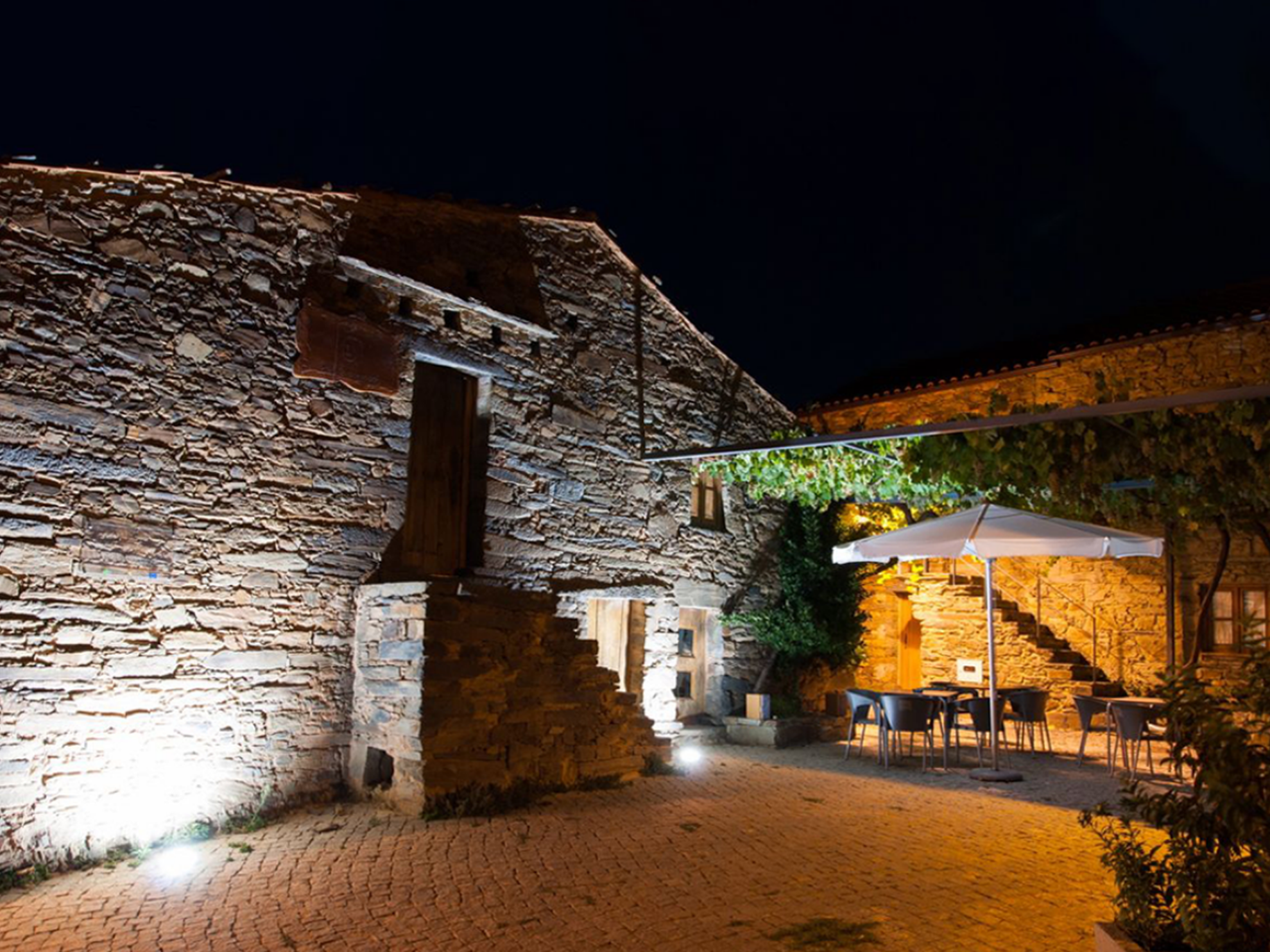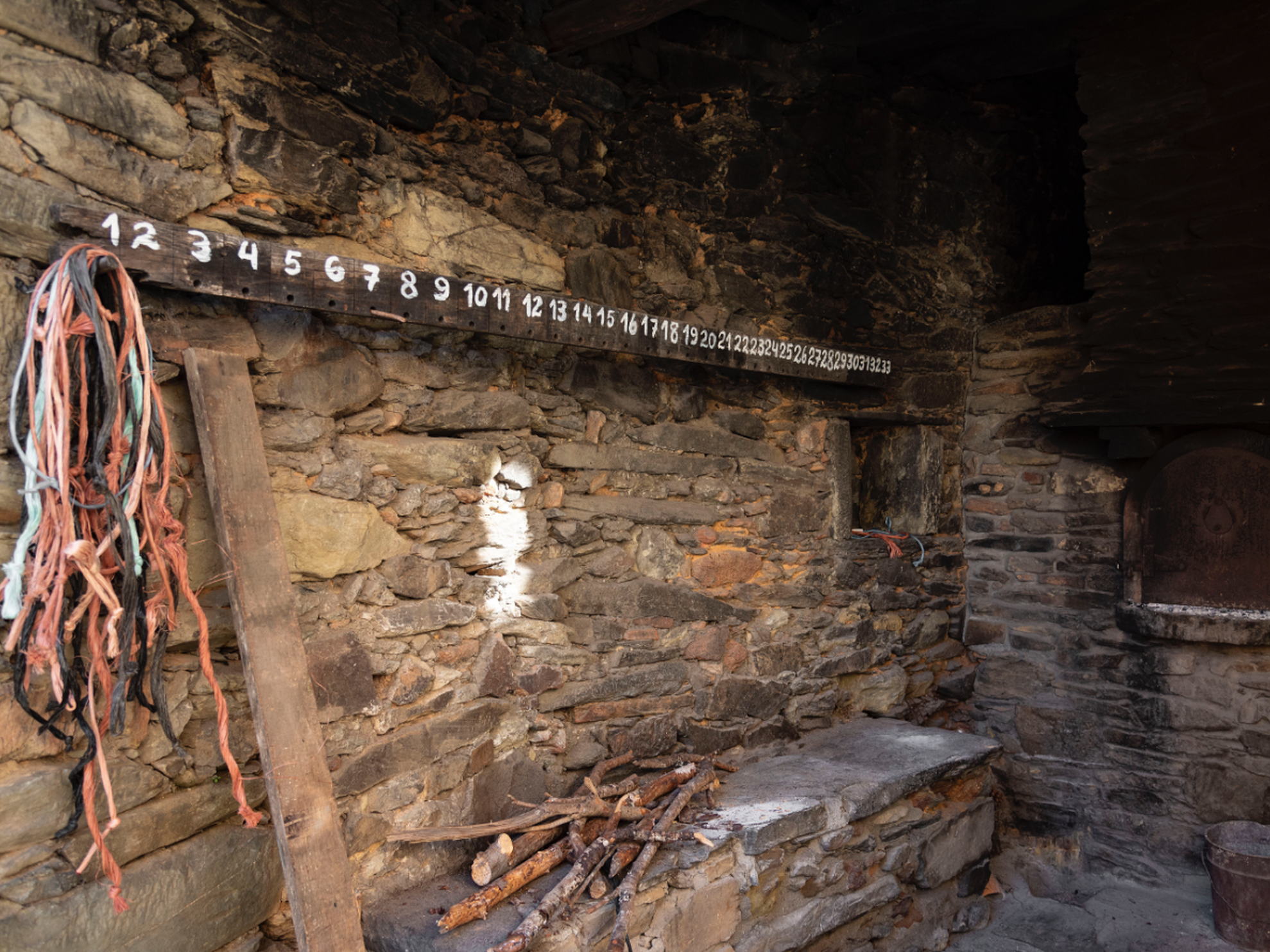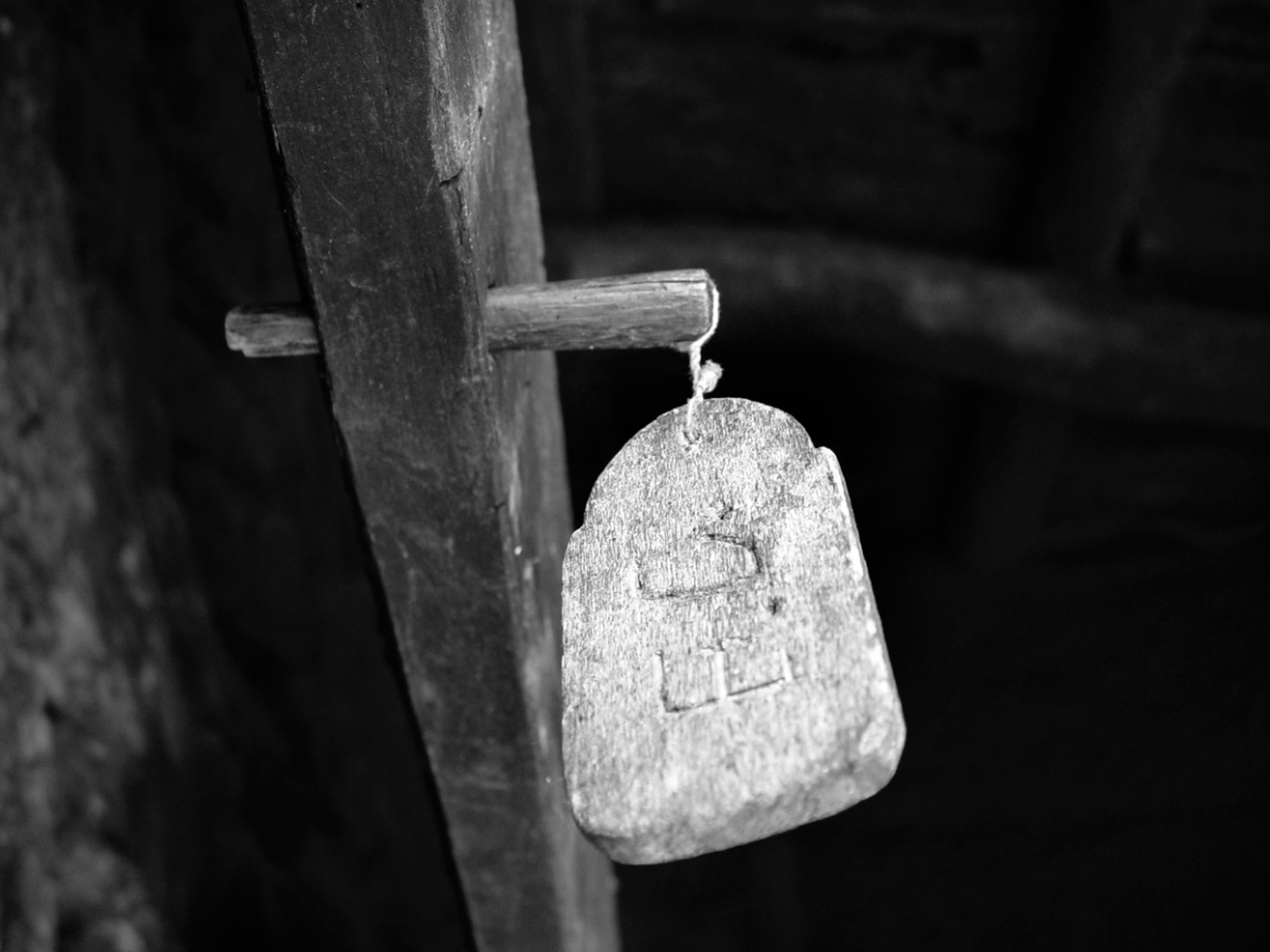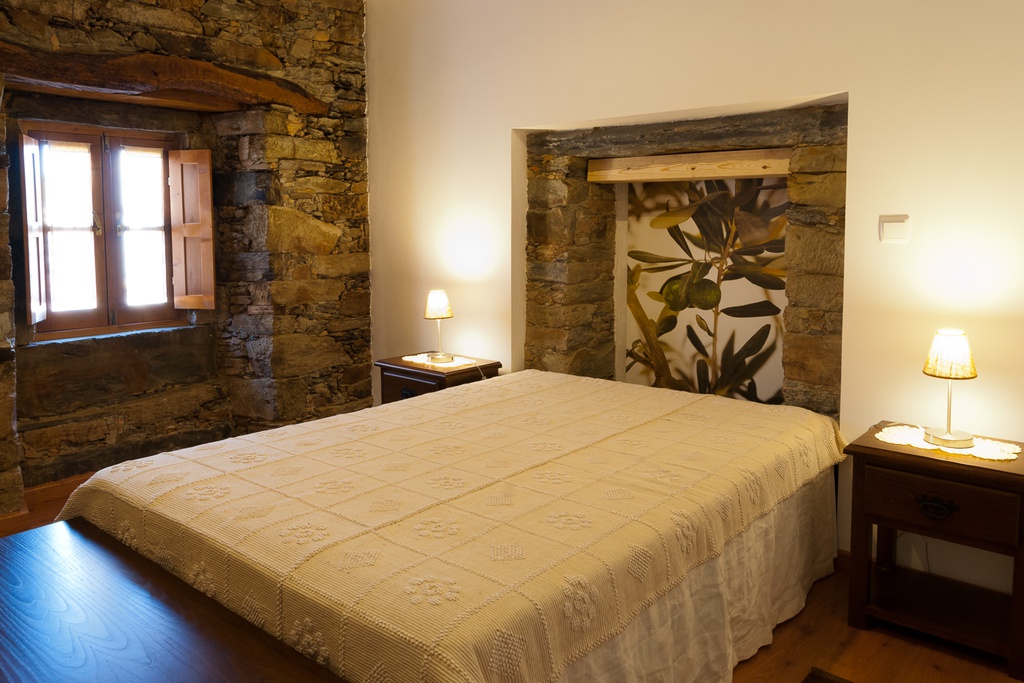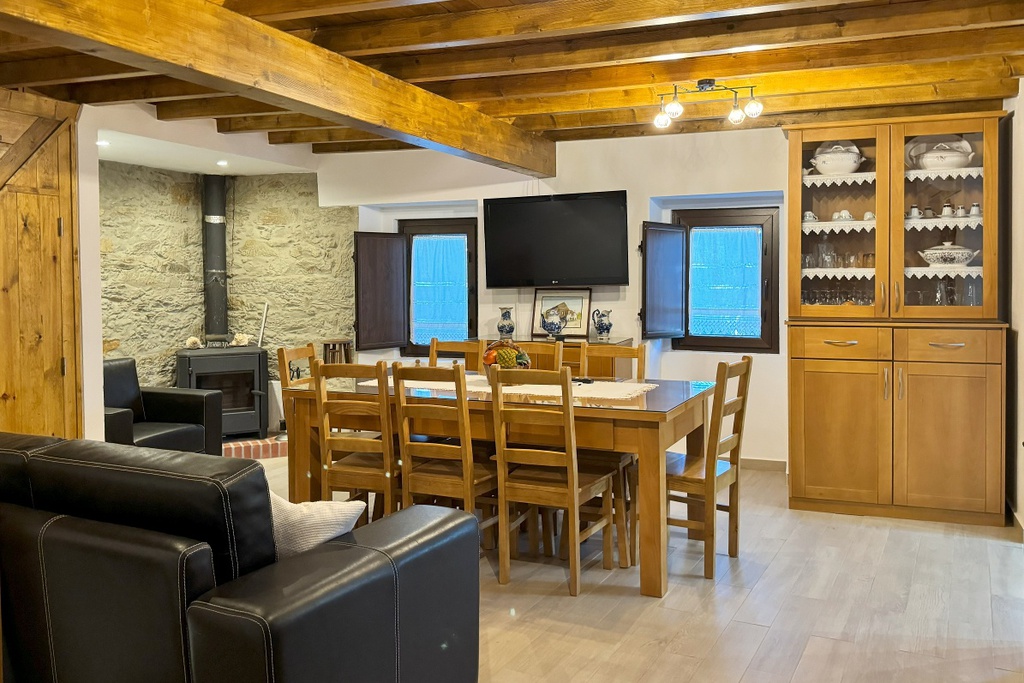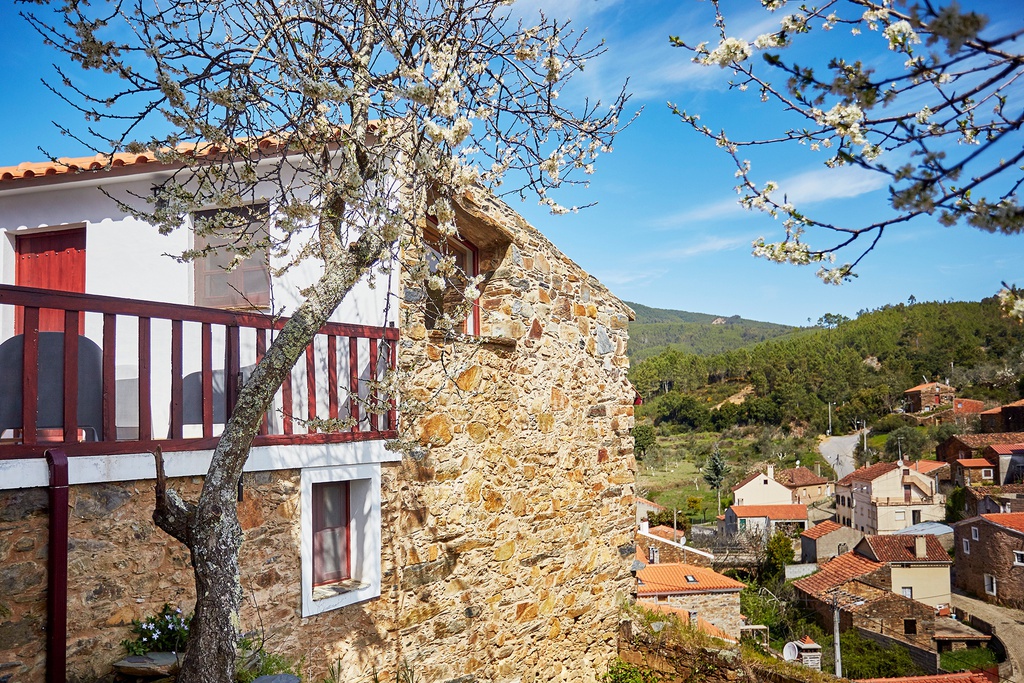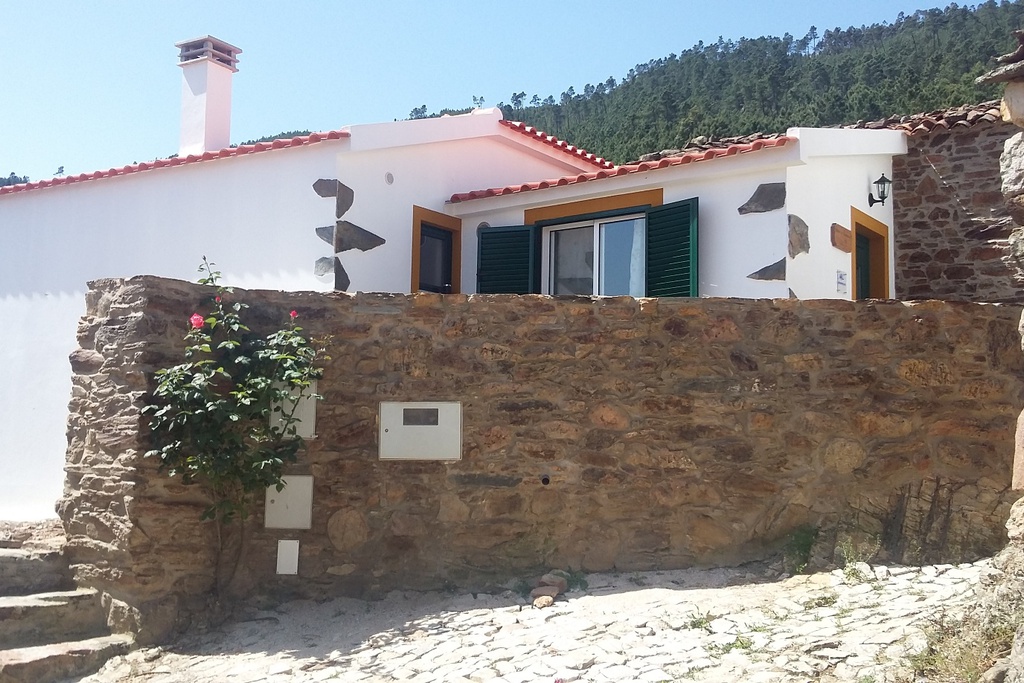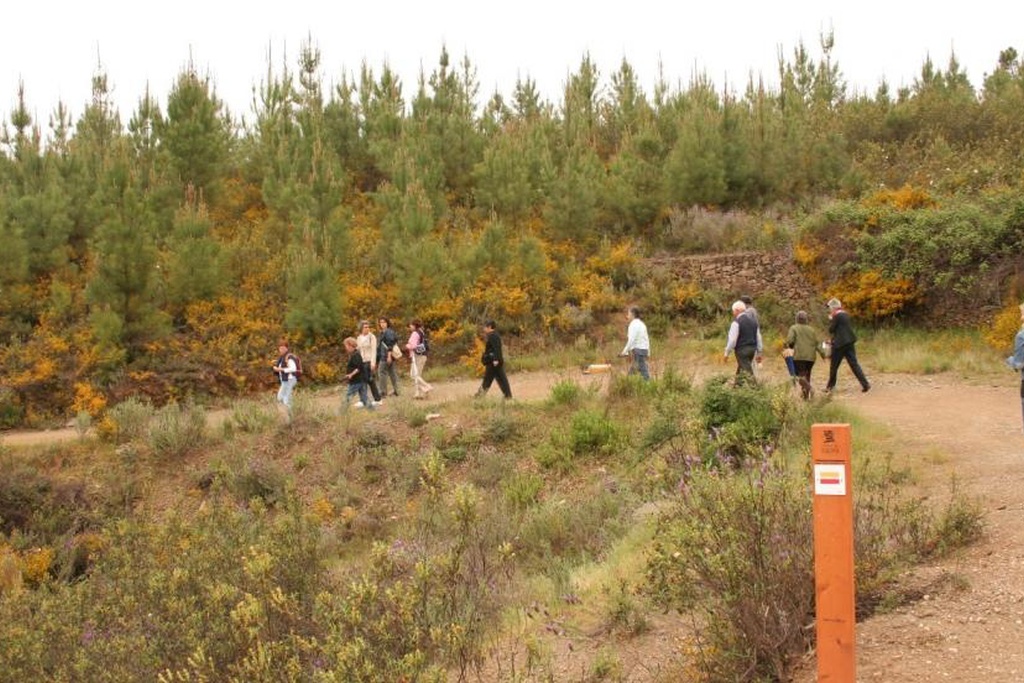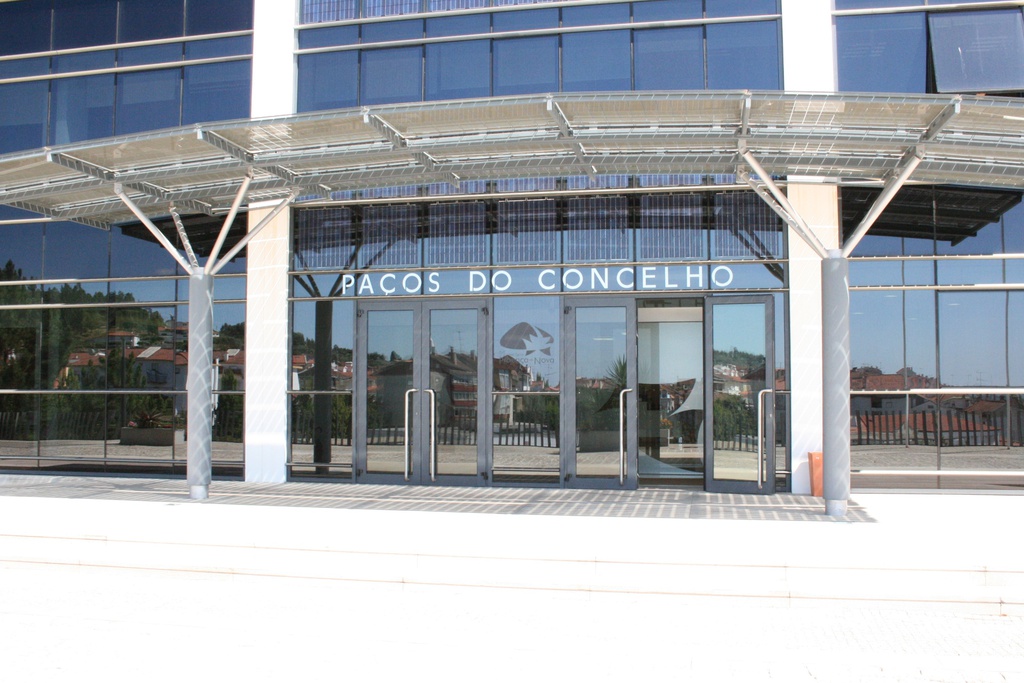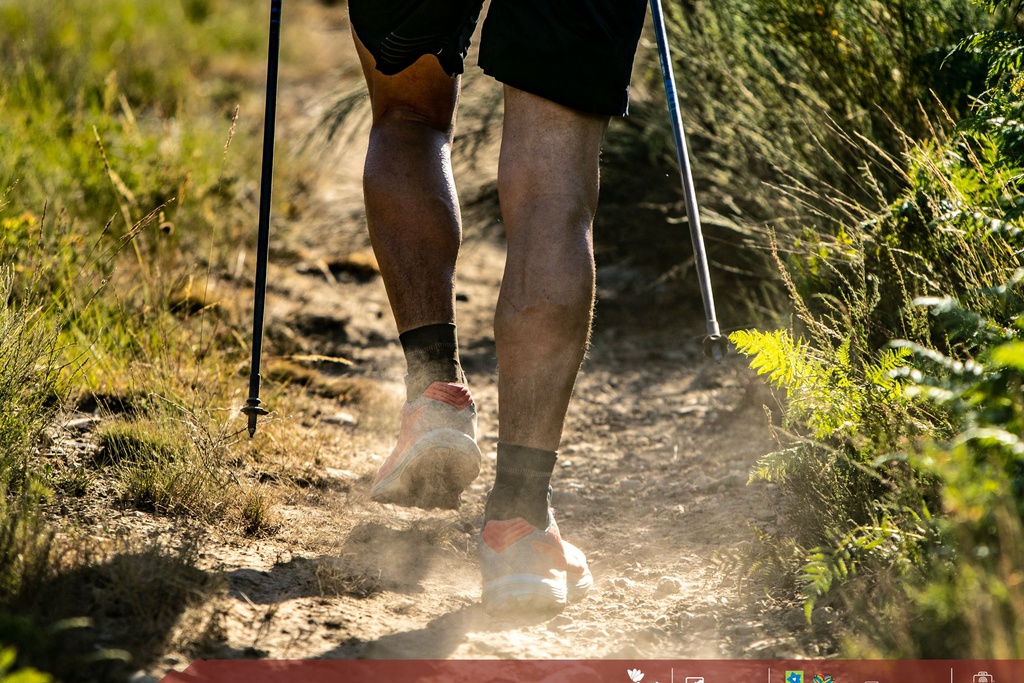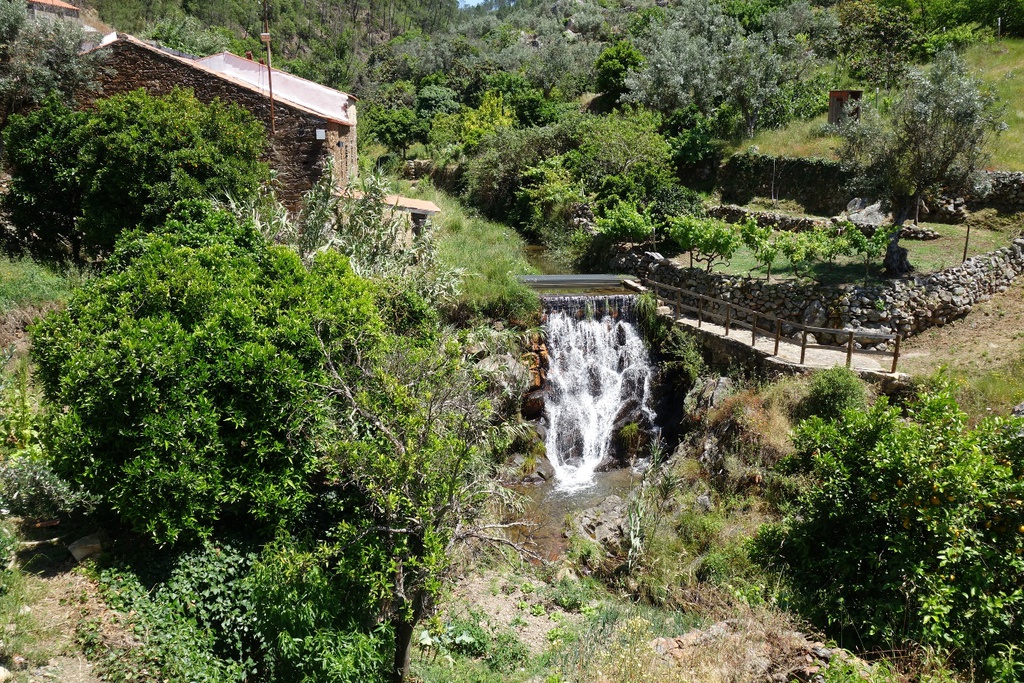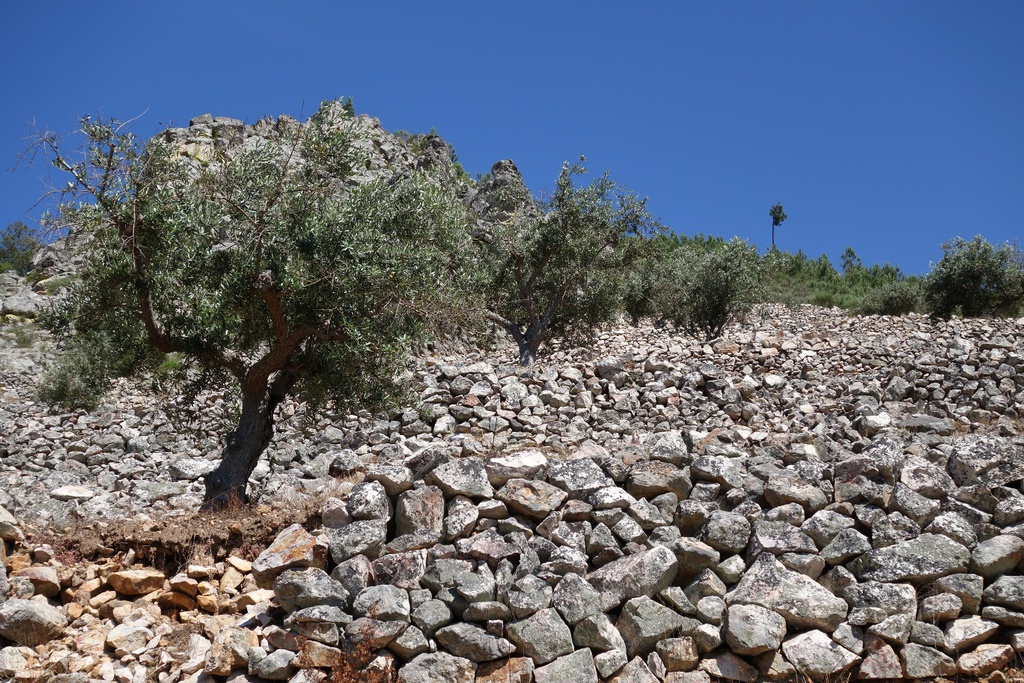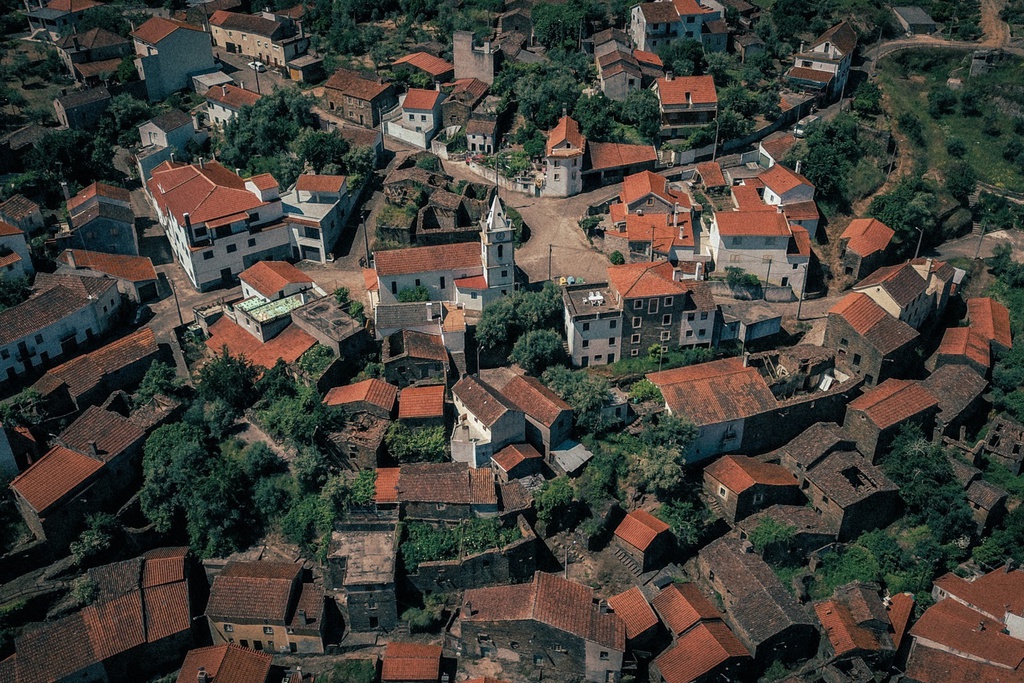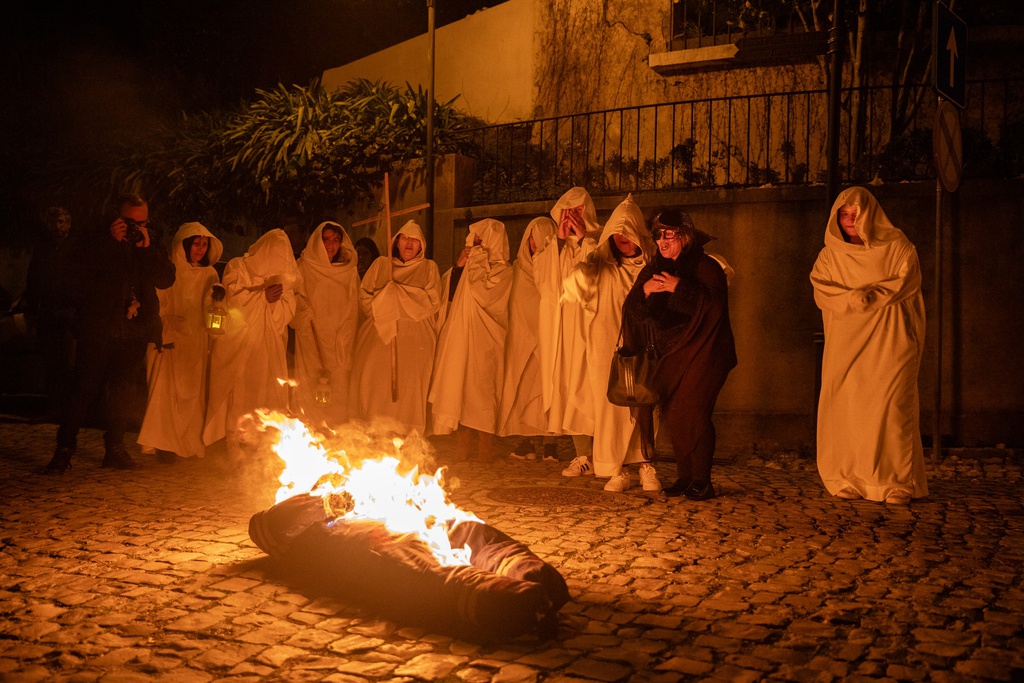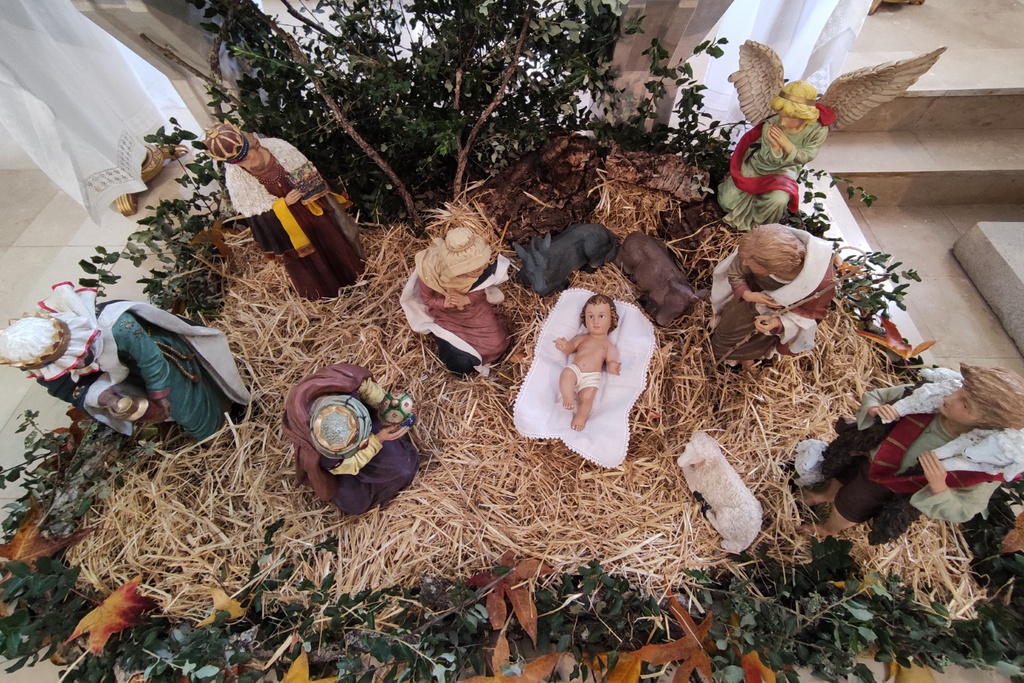The village has a curious history in which the wolf plays a leading role. It is said that the village was laid out in such a way as to provide protection, with the streets (one longitudinal and several transversal ones) forming a complex of entrances. At night the streets were closed off with gates, safeguarding domestic animals against wolf attacks throughout the whole village. Traces of some of those gates can still be seen today.
The village centre may date back to the. It is said that families skilled in the art of building with stone lived here. The village is thought to have been a school where this know-how was preserved in the building pattern of the walls of the houses and animal pens. And in the walls that came to form the banks of the stream and that withstand its torrential flood waters. Its former inhabitants’ sense of community shines through the urban fabric of the village. A sense that was manifest in the succession of agricultural activities, in the village economy or in the collective strategy for dealing with the wild beasts mentioned earlier and bad weather.
The community used to come together to carry out the many chores that the olive grove, the olive trees, the olives and the olive oil called for. Not to mention the around 400 head of sheep and goats that populated the hillsides and valleys from here to the slopes of the Serra de Alvelos.
Origin of the name
Fig trees (figueiras) are very common in the village and the immediate environment. It is not unreasonable to link the name of the village with this fruit tree, whether due to their abundance, then as now, or because a particularly fine specimen once stood somewhere in the village.
At the sounding of the conch shell.
A symbol of the sense of community among the inhabitants of Figueira, the conch shell still exists. The village has never had a chapel or a bell. Therefore, blowing the conch shell was the way to call the community together to make decisions, to cast lots as to who should have first use of the threshing floor, who should be second and third … or to grind the grain in the mill. Or to call all the able-bodied for joint work in the fields or the village.
Booking use of the communal oven
Use of the communal oven had its own rules, recognized by everyone in the community. Anyone wishing to bake their bread had to pre-book the oven. Each family had a tabuleta (the name given to the piece of wood identifying them). One took this tag to the oven and pegged it into the board in the number corresponding to your family.
Building up the flocks again
A long time ago there was a flock of 400 sheep and goats in the village. Bearing in mind extensification and sustained adaptation to the capacities of the land and the village, the headcount nowadays has to be lower. However, after almost all the flock had disappeared, the village now has 200 sheep and goats belonging to several owners. With the regeneration of the village, agriculture has been reborn.


